AI in fleet management: How to improve efficiency & reduce costs
Discover how AI in fleet management transforms operations by optimizing routes, predicting maintenance needs and enhancing driver safety for smarter, more efficient fleets.


Key Insights
- AI streamlines fleet operations by optimizing routes, forecasting maintenance and enhancing driver safety.
- Leading solutions include Geotab Routing and Optimization, Xirgo Video Telematics, Lytx Surfsight Dash Cam, Revvo API and Uptake.
- The top features to look for in a solution are real-time analytics, predictive algorithms and seamless integration.
Every fleet operator knows the weight of responsibility that comes with the job. The pressure to keep drivers safe, manage costs and hit sustainability targets is relentless. And when small inefficiencies start piling up, they can quickly become major headaches, eating into your profits and threatening your fleet’s performance. Using AI in fleet management can offer a solution to these problems.
AI simplifies processes and provides real-time insights, helping you make faster, smarter decisions to boost productivity and cut costs. Explore how you can use AI to improve efficiency, reduce expenses and align operations with your sustainability goals.
Benefits of AI fleet management techniques
AI transforms fleet management through automated monitoring, real-time route optimization and driver behavior analytics. Here are some key benefits of AI in fleet management and how they help with fleet optimization.
Optimize routes
Routes are the backbone of any fleet operation — efficiency in this area is hyper-critical. AI can help improve route planning by analyzing traffic patterns, road conditions and delivery schedules to ensure your vehicles take the best routes.
When an AI-driven system detects a traffic jam, it can instantly reroute a vehicle, saving time and reducing fuel consumption by avoiding idle times and long detours. With this kind of route optimization, you can ensure timely deliveries, reduce the need for extra trips and lower fuel costs. Plus, your vehicles will experience less wear and tear.
Anticipate maintenance
Unexpected breakdowns can be a nightmare. They disrupt schedules, rack up repair costs and can even result in lost business. AI-powered predictive maintenance can help you avoid these issues. By analyzing data from vehicle sensors and maintenance records, you can predict when a vehicle will need servicing.
With this level of foresight, you can address an issue before it becomes a major problem. For instance, when an AI system detects unusual engine vibrations, it will send an alert, allowing you to schedule a maintenance check, fix the issue early and avoid a potential breakdown.
Automate monitoring
AI-driven systems monitor situations and offer insights that go beyond the basics. Some systems alert drivers to speeding and harsh braking, but AI digs deeper. It analyzes patterns that might lead to a crash and helps drivers avoid collisions.
Predicting potential risks allows you to step in before anything happens and target driver training where you need it most. You can also use AI dash cams to get full visibility of the cabin and vehicle exterior in case of an event. Such devices play a key role in distinguishing between minor and major incidents.
Ensure compliance
Compliance is a major concern for fleet operators, particularly when it comes to meeting safety standards, reducing emissions and adhering to electronic logging device (ELD) regulations. Modern solutions that use AI for fleet management automatically collect and analyze data, helping you run fleets within regulatory guidelines and avoid costly penalties.
AI tools help you proactively identify potential issues early by automating the tracking of key compliance metrics. This enhances driver safety and operational reliability and ensures that your fleets follow environmental standards and ELD requirements.
Detect fraud
By continuously analyzing data patterns — from fuel consumption to driver behavior and vehicle routes — AI can quickly identify anomalies that may indicate fraudulent practices. This proactive approach minimizes financial losses and streamlines the investigation process, ensuring quick detection and resolution of any irregular activity.
Also, advanced AI fleet optimization techniques offer real-time insights into operational performance, allowing you to implement corrective measures early. These factors help maintain strict oversight, reduce the risk of costly fraud and strengthen overall security.
Promote sustainability
Running a greener fleet is good for the planet and smart for your business. AI helps by reducing fuel consumption and emissions, making your operations more sustainable. By continuously analyzing routes and promoting efficient driving habits, AI helps your fleet contribute to a healthier environment while trimming unnecessary costs.
Implementing AI in fleet management also aligns your business with increasing regulatory demands and consumer expectations for greener practices. Companies that integrate these technologies are better positioned to meet future sustainability requirements and enhance their reputation in an environmentally conscious market.
Consolidate data
When it comes to fleet management, data is the key to making smarter decisions. AI allows your system to gather data from all corners — vehicle cameras, telematics and other sources. It then turns it into actionable insights you can use to optimize routes, improve safety and more.
With an efficient data connector platform, you can be sure that the insights you’re getting are accurate and that you can confidently make decisions.
Improve operational efficiency
Think of all the time you’ve spent coordinating schedules and meeting deadlines. When AI takes over, it analyzes real-time data like vehicle locations, traffic conditions and delivery schedules. The result? Timely deliveries, better fleet reliability, more efficient resources and a fleet that runs smoothly.
But AI doesn’t just speed things up. It also helps allocate resources more intelligently. By carefully monitoring vehicle usage and driver performance, you can identify underutilized assets and find ways to improve. This way, you’re able to keep up with demand with precision and foresight.

With so many ongoing advancements in tech, especially in AI, it can be challenging to identify useful trends and how to use the technology responsibly. Check out our white paper to learn how generative AI can help you optimize fleet management.
Best AI fleet management tools
The AI-powered fleet management software market is booming, and there are so many tools out there.
The best tools integrate diverse AI disciplines to transform operations and enhance decision-making. These include machine vision for real-time monitoring and predictive algorithms like collision detection models to anticipate risks. Generative AI for insightful data analysis is also available, alongside deep learning (DL), machine learning (ML) and even robotics for automation.
Five tools that can help optimize your fleets:
- Geotab Routing and Optimization: Best for route and delivery planning
- Xirgo Video Telematics: Best for video fleet monitoring
- Lytx Surfsight Dash Cam: Best for driver safety monitoring
- Revvo API: Best for tire data integration
- Uptake: Best for asset optimization
1. Geotab Routing and Optimization
Used for: Efficient route and delivery planning
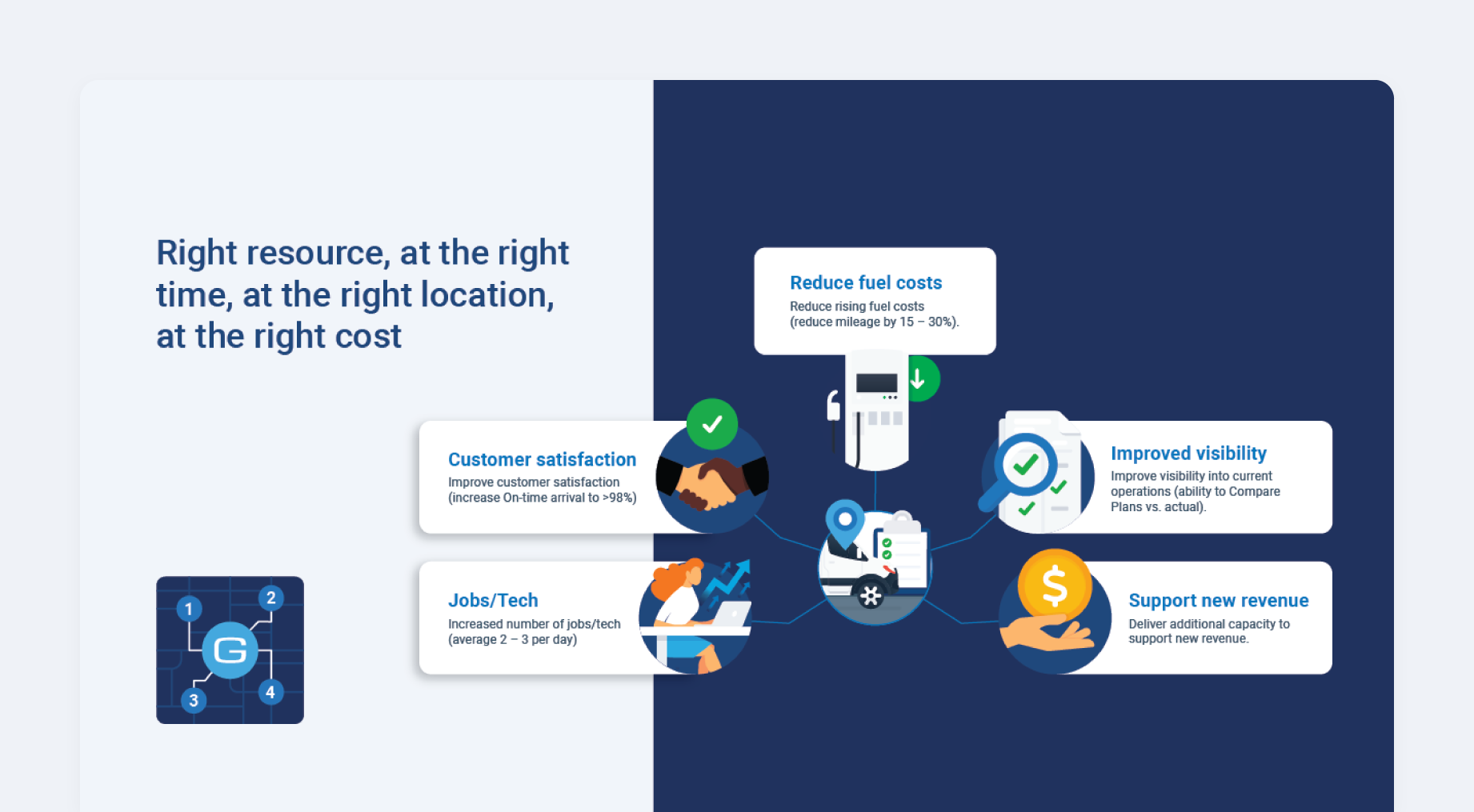
Geotab Routing and Optimization helps you streamline route planning and dispatch operations, integrating advanced ML and DL techniques to deliver predictive insights. It uses AI components to analyze real-time data, such as traffic patterns and weather conditions, optimizing routes and enhancing overall fleet maintenance.
While it uses AI in fleet maintenance, the solution isn’t entirely AI-driven. It also incorporates traditional analytics and human oversight for balanced, reliable decision-making.
Key features:
- Real-time route optimization: Continuously adjusts routes based on dynamic data to reduce delays and fuel consumption
- Predictive analytics: Utilizes AI components to forecast maintenance needs and potential issues, reducing downtime
- Dynamic scheduling and dispatch: Enhances operational efficiency by adapting schedules to current conditions and fleet requirements
2. Xirgo Video Telematics
Used for: Enhanced video fleet monitoring
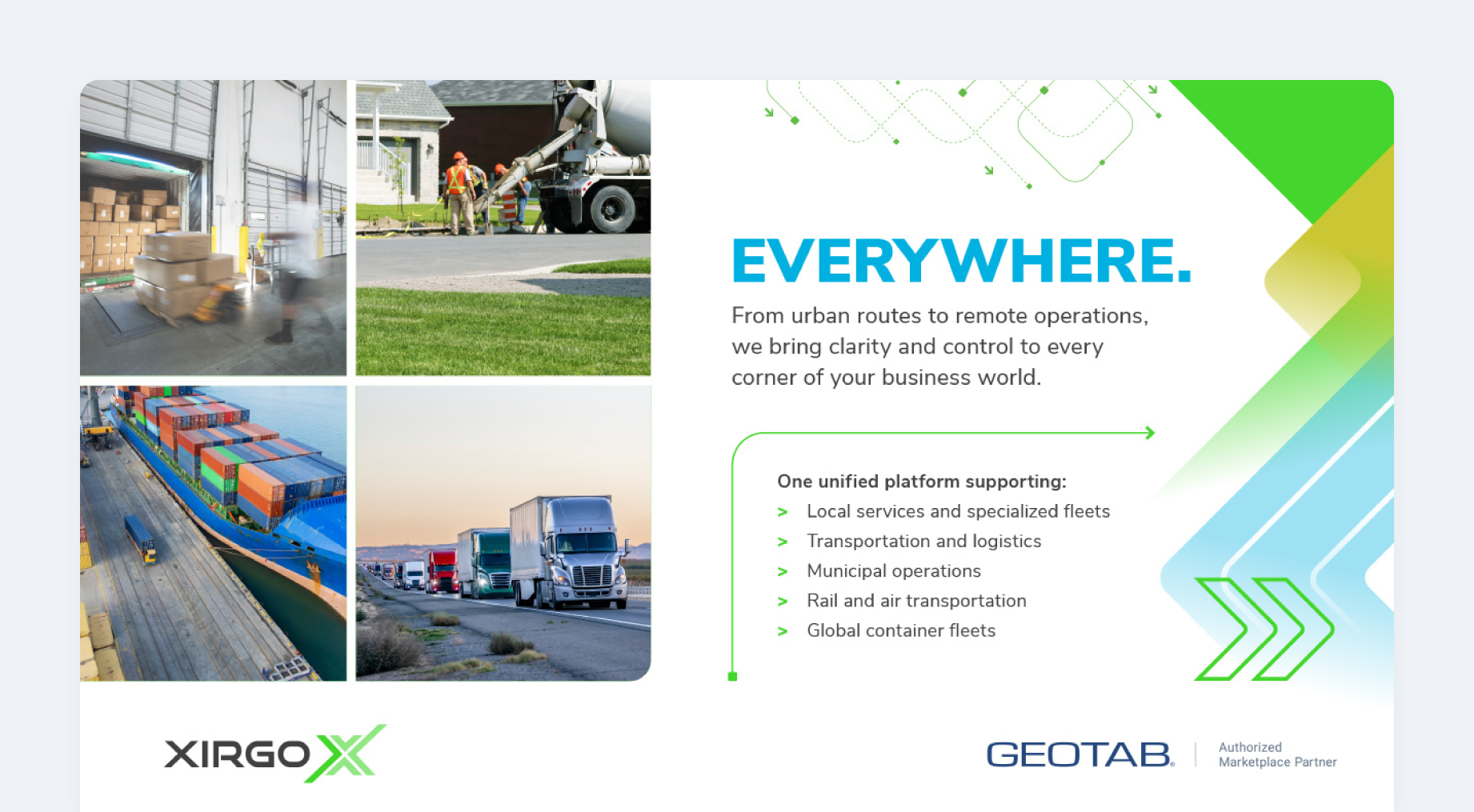
Xirgo Video Telematics provides you with real-time visual insights into vehicle operations. It uses AI components to analyze video footage, help identify incidents, monitor driver behavior and improve overall safety. It does all of that while supporting proactive maintenance and compliance. Along with AI, it uses traditional video processing to ensure reliable performance.
Key features:
- Video capture and analytics: Records and analyzes video data to identify risky driving behavior and potential incidents
- Incident detection: Automatically flags unusual events to enable rapid response and reduce downtime
- Telematics-driven driver coaching: Offers data-driven insights to support training programs and enhance driver safety
3. Lytx Surfsight Dash Cam
Used for: Intelligent driver safety monitoring
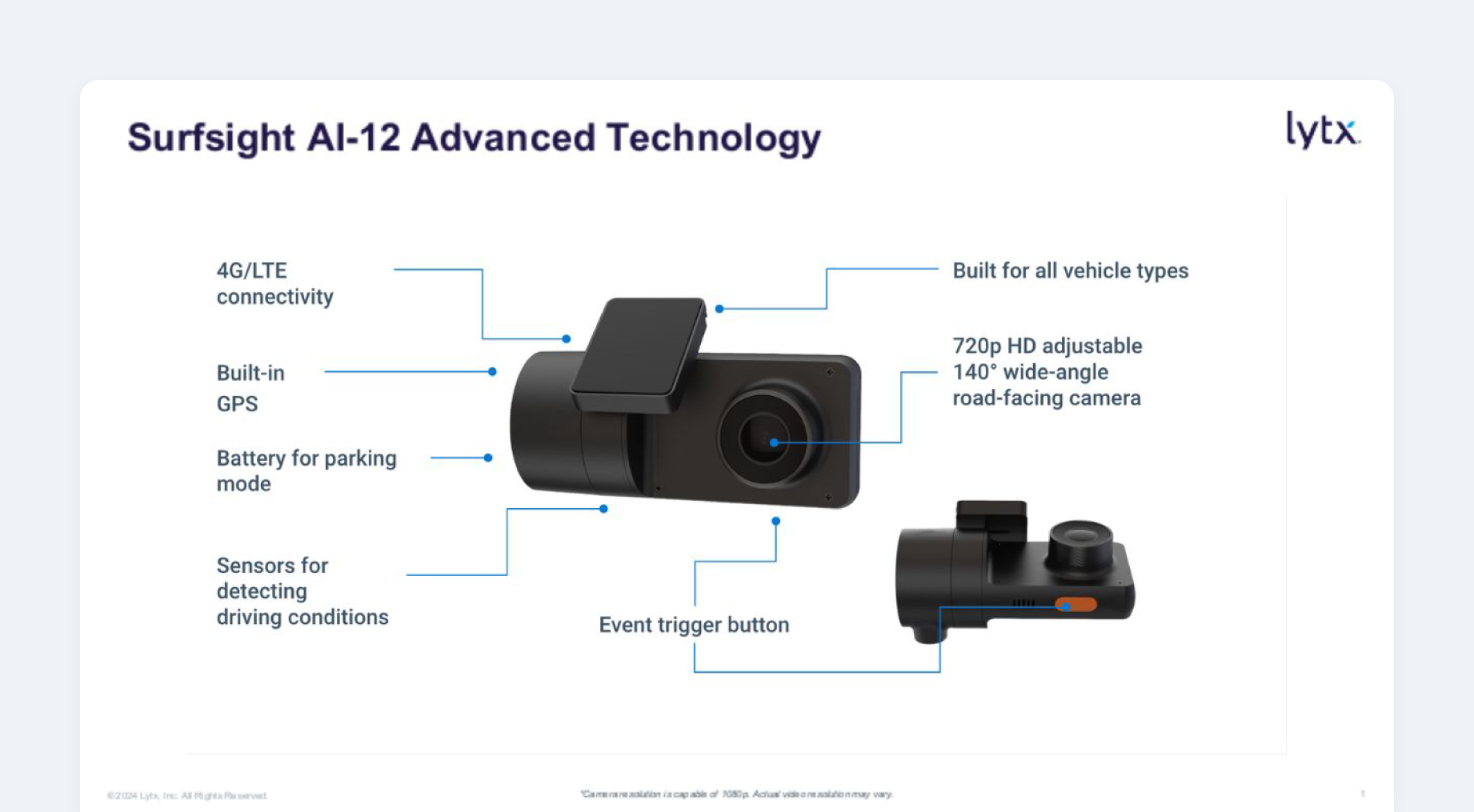
Lytx Surfsight Dash Cam captures and analyzes both in-cab and external video, using AI to enhance driver safety and fleet performance. It uses machine vision and predictive algorithms to monitor driving behavior, detect incidents and provide real-time insights, allowing you to address issues proactively.
Key features:
- Real-time video analytics: Processes live footage to quickly identify risky behavior and potential incidents
- Incident detection and alerts: Sends immediate notifications for events like harsh braking or collisions, enabling swift response
- Driver behavior insights: Offers data-driven feedback to support driver training and improve overall fleet safety
4. Revvo API
Used for: Seamless tire data integration
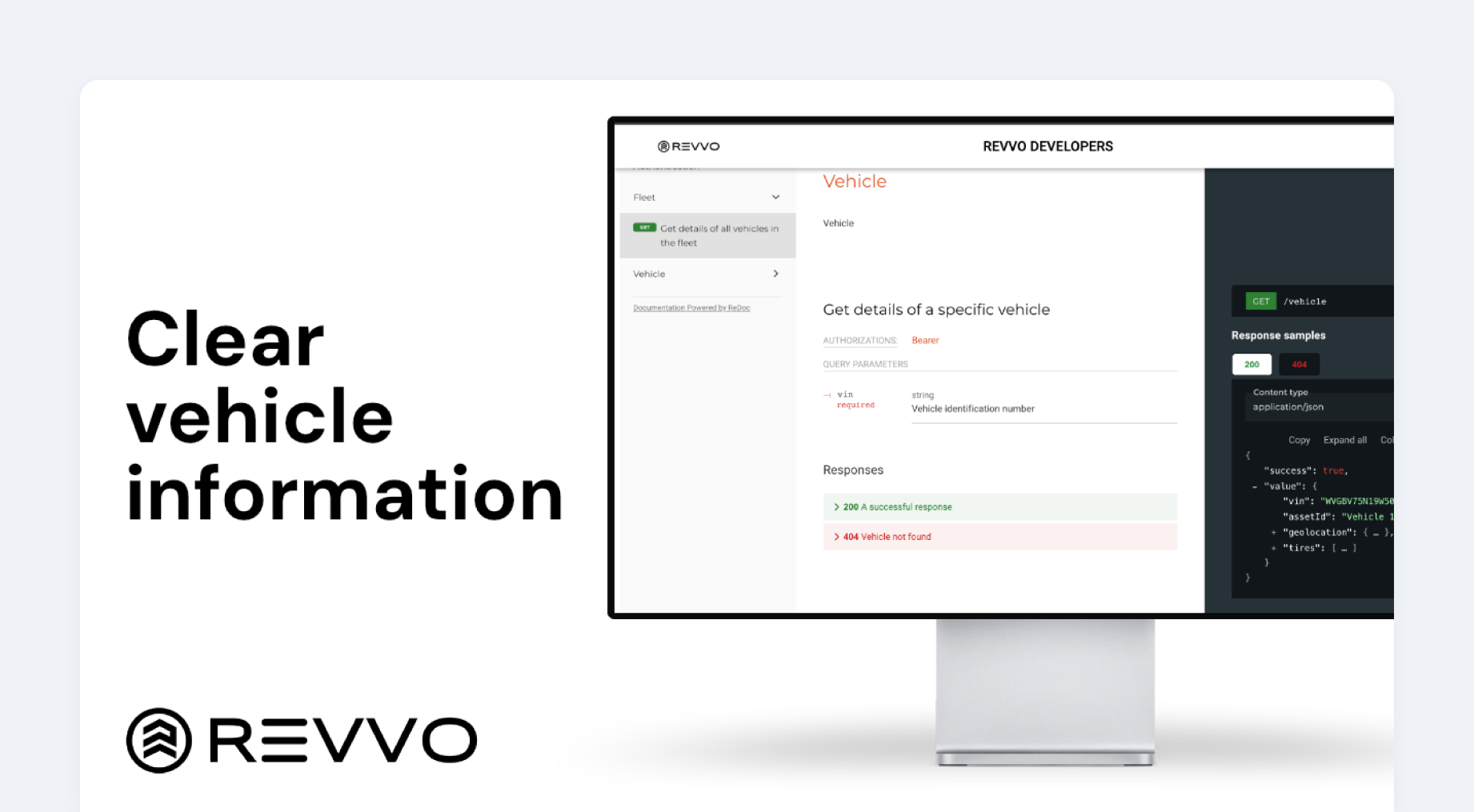
Revvo API is a tire management solution that enables you to connect your telematics data with other business systems and applications, enabling enhanced operational insights.
The tool uses AI components to process large volumes of data, offering useful analytics and improved decision-making while relying on established data integration techniques. This hybrid approach ensures reliable performance with a touch of intelligent automation.
Key features:
- Seamless connectivity: Integrates vehicle telematics data with third-party platforms and devices, such as Geotab Go, to streamline operations
- Real-time data processing: Uses AI-enhanced analytics to convert raw data into actionable insights
- Customized analytics: Allows for tailored solutions that meet specific fleet management needs
5. Uptake
Used for: Predictive asset optimization
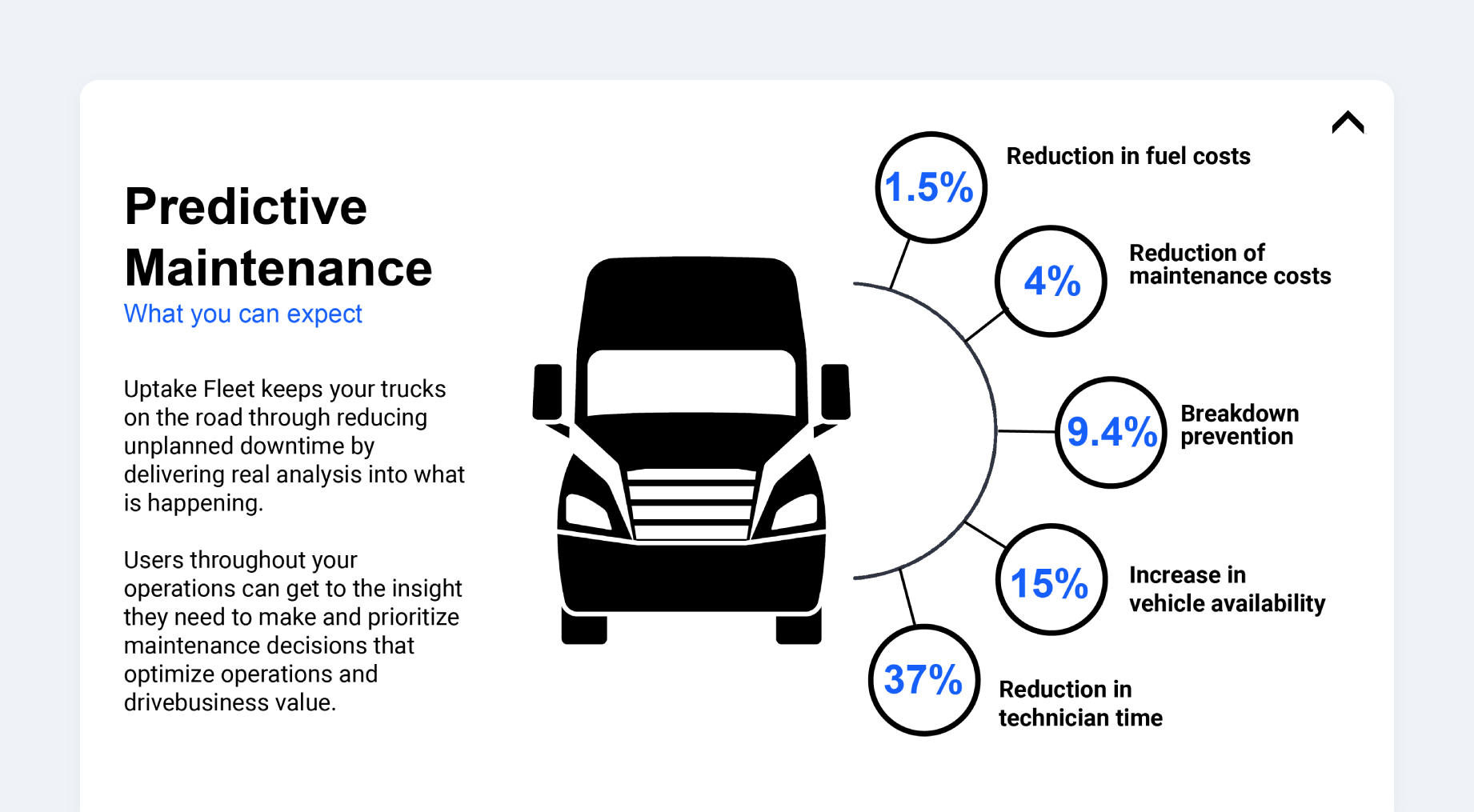
Uptake leverages advanced ML and AI algorithms to deliver predictive insights for fleet operations. It primarily focuses on asset performance and maintenance needs. Uptake combines historical data with real-time telemetry to forecast potential issues, enabling quick maintenance and reducing downtime.
Key features:
- Predictive maintenance: Forecasts asset issues before they occur, helping you to minimize unplanned downtime and reduce repair costs
- Asset performance monitoring: Continuously tracks vehicle health and performance for better resource management
- Risk analytics: Analyzes operational data to identify potential risks and recommend preventive actions
The future of fleet management
As we look toward the future, the role of AI in fleet management is only set to expand. What was once cutting-edge is now standard, giving fleet managers the tools to stay ahead in a fast-paced industry. Advancements in predictive analytics, real-time data and AI-driven safety are making future fleets more efficient, safer and eco-friendly.
As these developments take hold, the fleets that adapt will be best equipped to meet the challenges ahead. Prepare your fleet for what’s next. Explore how Geotab’s AI-driven solution can help your fleets — and how our customers are using our AI solutions.

Subscribe to get industry tips and insights
Frequently Asked Questions
Fleet management technology combines telematics systems, GPS tracking, onboard sensors and cloud-based software to collect and analyze data about vehicle operations and driver behavior.
AI in fleet management uses machine learning, deep learning and predictive analytics to optimize routes, forecast maintenance, enhance driver safety and reduce operational costs with real-time insights.
An API in fleet management is a set of protocols that allows different software systems to communicate, enabling seamless integration of telematics, routing and other fleet management functions.
Table of Contents
Subscribe to get industry tips and insights
Related posts
Beyond tracking: Using telematics to improve customer experience
April 25, 2025
2 minute read

Geotab: Enhancing Student Safety with Data-Driven School Bus Fleet Management
April 25, 2025
2 minute read

Dash cams that protect driver privacy without missing key events
April 24, 2025
4 minute read
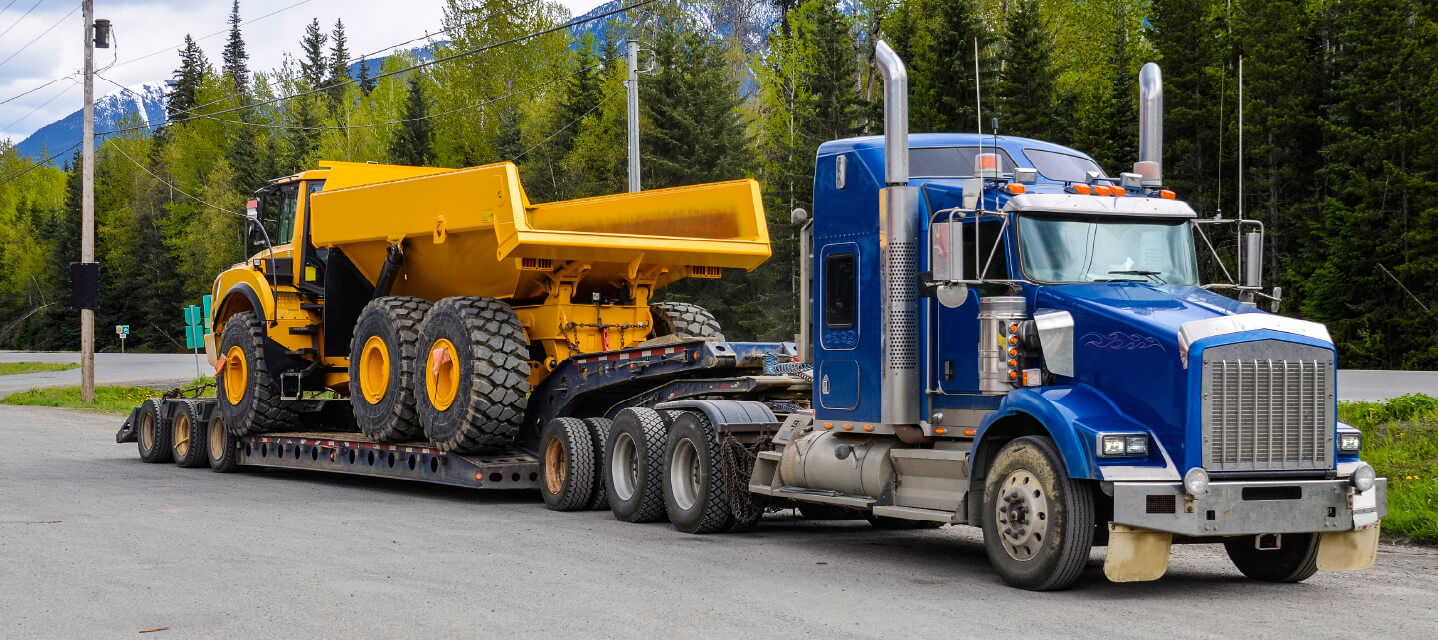
Ultimate heavy equipment transport guide: Top tips and systems for fleets
April 21, 2025
6 minute read

Ultimate field service management software guide [benefits + options]
April 21, 2025
5 minute read

Building a world-class driver training program: Essential strategies for truckload carriers
April 15, 2025
4 minute read